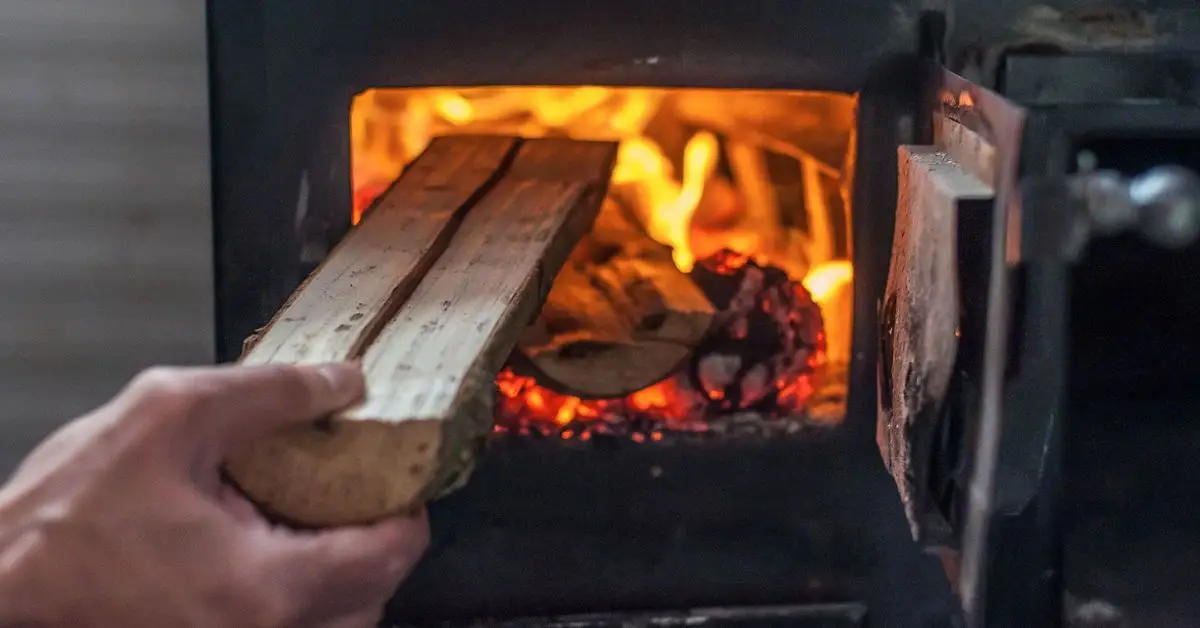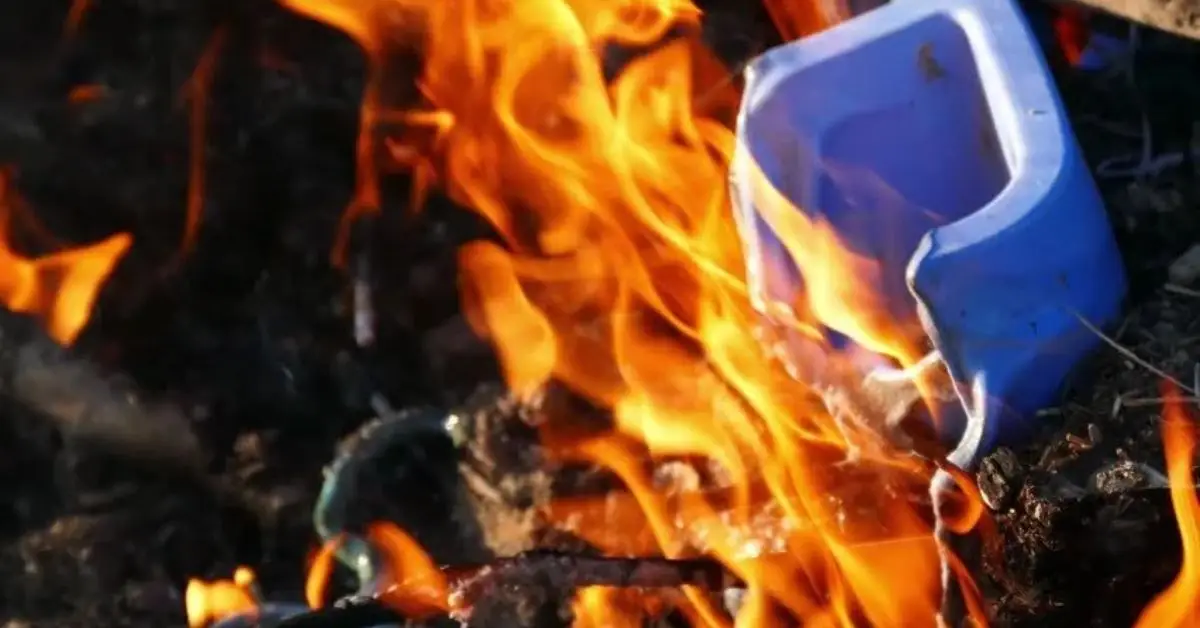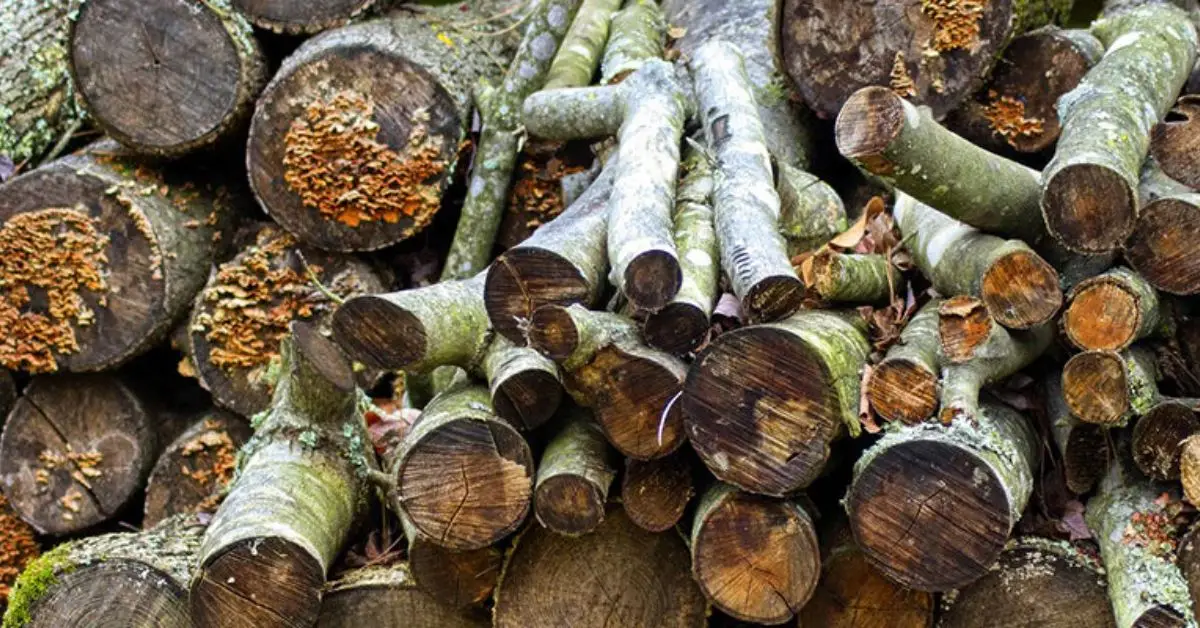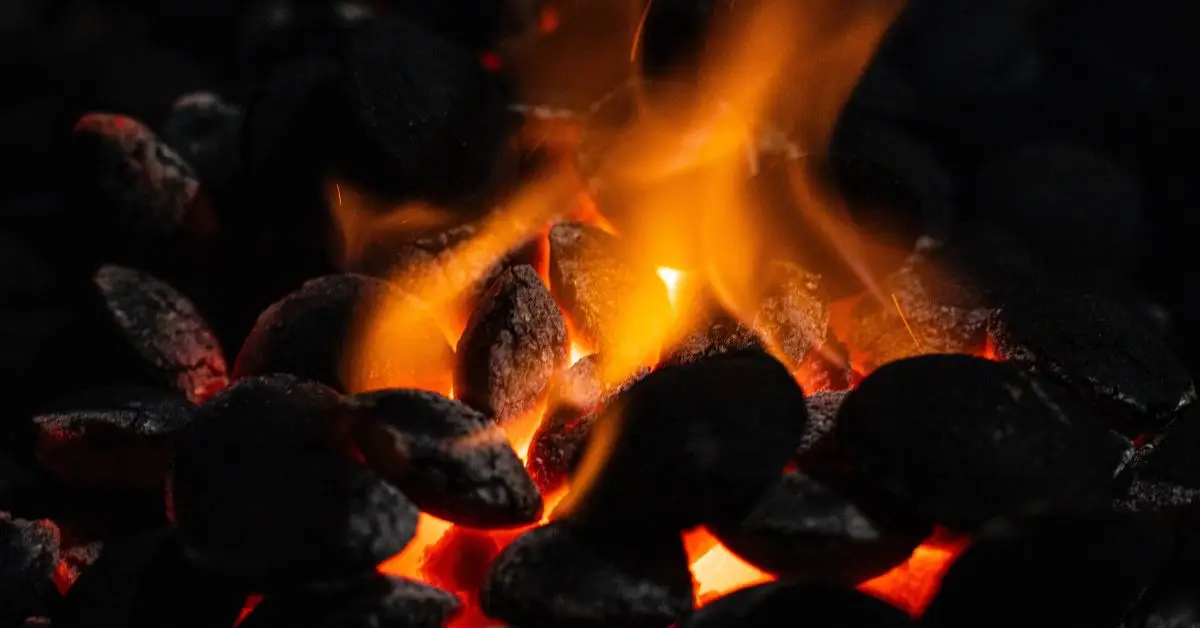Before You Light a Fire: 7 Things You Should Never Put in a Fireplace
I’ve read the warnings, skimmed the horror stories, and looked into what chimney pros and safety sites keep repeating — and I’ll be blunt: burning the wrong stuff can cost you lungs, bills, and the roof over your head. I want to keep this simple and practical so you can use it tonight, not file it away.
In this piece I’ll walk you through seven items you should never toss into a fireplace, why each one is dangerous (health, chimney damage, or legal trouble), and exactly what to do instead. I’ll point out the gaps most articles skip — the real gases and costs, the maintenance angle, and quick disposal fixes.
You don’t need technical jargon; you need clear rules and sensible alternatives. Read this as the checklist I wish every homeowner had before their first winter fire.
Ready to protect your home and family? Let’s start with the first item.
1. Treated, Painted, or Pressure-Treated Wood

If you’ve ever tossed old lumber into the fire because “it’s just wood,” I want you to slow down for a second. I used to think the same way — until I learned what’s actually inside this stuff. Once you understand it, you won’t burn it again.
What “Treated” Actually Means
When a piece of wood is treated, it isn’t just sealed or polished. It’s soaked, coated, or pressure-infused with chemicals that help it resist rot, bugs, and moisture. That sounds useful outdoors… but the moment you burn it, those chemicals don’t disappear — they turn into smoke you breathe.
You’re not burning wood at that point. You’re burning preservatives.
The Health Risks You Don’t See
When treated or painted wood burns, it can release compounds like:
- arsenic and chromium from older lumber
- formaldehyde from manufactured pieces
- heavy metals from paint, stains, and sealants
- flame-retardant chemicals used in furniture pieces
You inhale some of it, and the rest settles inside your home. Even chimney experts have warned that burning chemically treated lumber can leave behind harmful residues that stick to your flue.
If you want a quick reference, Martha Stewart’s team highlights this exact issue, explaining how these fumes contaminate indoor air.
The Hidden Damage Inside Your Chimney
You might think the smoke just “goes up.” It doesn’t work that neatly. Treated wood can create a sticky, corrosive buildup that mixes with normal creosote and starts eating away at your liner. Over time, that raises the risk of a chimney fire, even if you think you’re burning “clean.”
Short-term burn → long-term repair bill.
What You Should Do Instead
- Burn only natural, seasoned hardwood
- Keep all construction debris and painted furniture scraps out of the fireplace
- When in doubt, assume it’s treated
If you wouldn’t barbeque over it, don’t burn it indoors.
2. Colored or Glossy Paper and Cardboard
I know how tempting it is to crumple old mail or delivery boxes and use them as fire starters. I’ve done it myself in the past. But once you understand what’s in those inks and coatings, you’ll look at them differently.
Why Inks and Coatings Are Risky
Colored paper isn’t just paper. It’s a mix of:
- petroleum-based inks
- glossy coatings
- dyes and adhesives
- chemical brighteners
When you burn them, the flames flare up fast and release a cloud of fumes you don’t want in your lungs. The smoke is harsher, dirtier, and filled with particles that stay suspended in your living room.
Why They Trigger Creosote and Chimney Fire Risk
That quick “whoosh” you get when glossy paper lights up looks satisfying, but it’s exactly why it’s dangerous. The rapid burn sends a burst of unburned particulates straight up the flue. Those particles settle as creosote — the black, sticky material responsible for chimney fires.
One night of burning glossy junk mail doesn’t destroy a chimney, but months of tiny deposits do.
When Paper Is Actually Okay To Burn
You’re not banned from using paper entirely — you just need to be picky. The safest options are:
- plain black-and-white newspaper
- uncoated brown kraft paper
- plain packing paper with no inks
- paper used only to start the fire, not fuel it
What You Should Do Instead
- Save glossy paper for recycling
- Use natural kindling or untreated wood shavings
- Keep cardboard and coated packaging out of the fire
Your chimney (and your lungs) will thank you.
3. Household Trash And Plastic

I’ve seen people toss a candy wrapper or an empty bottle into the flames like it’s no big deal. If you’ve ever done it, you’re not alone — but this is one habit you need to stop immediately. Burning trash isn’t just unsafe; it’s one of the fastest ways to fill your home with toxic smoke and coat your chimney with dangerous residue.
Types of Trash You Should Never Burn
When I say “trash,” I’m talking about anything that wasn’t grown from the ground. The worst offenders include:
- plastic bottles and food containers
- chip bags, candy wrappers, and snack packaging
- Styrofoam cups and trays
- coated paper packaging
- grocery bags or plastic film
These items weren’t designed to burn. They were designed to melt — and the fumes you get from that are nothing you want in your air.
The Dangerous Chemicals Released
When plastics and coated materials burn, they release a cocktail of toxins. Some of the most serious are:
- dioxins and furans
- heavy metals
- sulfur dioxide
- hydrochloric acid fumes
A major safety resource at Stove Supermarket highlights how burning plastic creates some of the most harmful indoor pollutants found in homes.
The Impact On Your Home’s Air
Trash fires burn hotter and dirtier than natural wood. The smoke carries microscopic particles that stay suspended in the air and cling to furniture and lungs. You may not notice it right away, but the health effects build over time — headaches, throat irritation, and a chemical smell that never seems to leave.
How Trash Damages Your Chimney
All that melted plastic and resin turns into a sticky, tar-like residue. It behaves a lot like creosote but is even harder for chimney sweeps to remove. Over time, you end up with:
- thicker buildup in the flue
- reduced draft
- greater fire risk
- faster liner corrosion
One careless night can turn into a pricey repair later.
What You Should Do Instead
- Recycle plastics and coated papers
- Bag regular trash and dispose of it normally
- Use outdoor municipal incineration options if your area allows it
- Keep all trash far from your fireplace
Your fireplace is not a garbage bin — treat it like a heating appliance.
4. Dryer Lint
I’ve seen countless DIY hacks telling people to use dryer lint as a “free fire starter.” I get why it’s tempting — it lights fast. But once you understand what’s actually in that lint, you won’t put it anywhere near your fire again.
What’s Really In Dryer Lint
Lint isn’t just cotton fibers. It’s a mix of:
- synthetic materials from clothing
- detergent and softener residues
- fragrance chemicals
- microplastics
- dye particles
When that blend burns, it melts and smokes in a way that’s nothing like clean kindling.
The Toxins Released When Lint Burns
Because lint is mostly synthetic, burning it releases compounds that irritate the lungs and cling to the chimney walls. Safety experts even warn that some residues from detergents can produce toxic byproducts when burned.
Better Fire Starters You Should Use
Instead of lint, you can use:
- natural kindling
- untreated wood shavings
- food-safe fire starters made from compressed sawdust
- small pieces of dry, seasoned wood
These burn cleaner, hotter, and won’t line your chimney with chemical residue.
5. Wet, Moldy, Or “Green” Firewood

This one surprises people because it looks innocent. It’s just wood, right? But if the wood is damp, freshly cut, or growing mold, it behaves completely differently in your fireplace — and not in a good way.
What Counts As Wet Or Green Wood
Green wood is wood that hasn’t fully dried yet. You can spot it by:
- visible moisture
- a heavy, “fresh-cut” feel
- bark that peels off easily
- ends that aren’t cracked
If the moisture content is above 20 percent, it’s not ready for your fireplace.
Why It Creates Serious Creosote Buildup
Wet wood doesn’t burn — it smolders. And smoldering creates thick, dirty smoke that sticks to everything inside your chimney. Over time, you get:
- heavy creosote layers
- reduced airflow
- a higher chance of a chimney fire
The Health Risks Of Moldy Wood
If you see white, green, or black growth on your logs, that’s mold. When burned, mold spores don’t disappear — they become airborne. You inhale them. People with allergies or asthma feel it first, but even healthy adults can get throat irritation and coughing.
How To Season Wood Properly
If you want clean-burning firewood, here’s what I recommend:
- Split logs into smaller pieces
- Store them off the ground
- Keep them covered on top but open on the sides
- Let them dry for 6–12 months
- Use a moisture meter for accuracy
Dry wood burns hotter, safer, and far more efficiently. It saves you money and reduces chimney maintenance — a win on every level.
6. Evergreen or Resinous Wood (Christmas Trees, Pine)
I know it feels harmless to toss a dried Christmas tree or a few leftover pine branches into the fire. But evergreens burn very differently than properly seasoned hardwood — and the resin in them can cause serious chimney problems.
Why Resin Is a Problem
- Resinous wood (like pine, fir, spruce) has sticky sap that vaporizes and pops in the heat, sending flying embers and sparks.
- These embers are unpredictable — they can jump, land on creosote, or even hit nearby combustible surfaces.
How Resin Feeds Creosote and Fire Risk
- Burning resin-rich wood produces dense, tar-like smoke.
- That smoke condenses inside your chimney, creating a heavy creosote buildup — exactly the kind of deposit that can ignite.
What to Do Instead
- Don’t burn your tree — use local municipal or recycling tree-disposal programs.
- If you have branches or trimmings, chip them for mulch or compost where allowed.
- Always store and dispose of evergreen wood properly — your chimney (and safety) depends on it.
7. Accelerants, Coal, Charcoal & Improper Fuels

I’ve seen people try to “help the fire along” by pouring lighter fluid or tossing in charcoal — I get why, but these are serious mistakes in a home fireplace.
Why Accelerants Are Dangerous
- Gasoline, kerosene, or lighter fluid can cause a sudden, uncontrollable flash fire.
- The fumes are toxic and coat your chimney with harsh chemical residue.
- Those chemicals can corrode your liner, set up hot spots, and weaken your structure.
The Risk From Coal and Charcoal
- Coal and charcoal burn much hotter than wood, producing dangerously high temperatures.
- This extreme heat can damage masonry, warp firebox parts, and stress flue tiles.
- Plus, they produce more carbon monoxide — stuff your chimney isn’t meant to vent in a typical wood-burning setup. Admiralty Chimney warns about this mismatch.
What Fuels Are Safe
- Use seasoned hardwood logs (oak, maple, etc.).
- Choose certified “Ready to Burn” firewood if available in your area.
- Stick with natural kindling or wood shavings for starting fires — no fluids, no shortcuts.
Legal / Regulatory Note
In some areas, using the wrong type of fuel violates clean-air regulations. Burning trash, untreated wood, or coal in a residential fireplace can attract fines — always check your local restrictions.
How Using the Wrong Material Affects You & Your Home
I want to bring all the risks together here, because once you see how the wrong fuel quietly affects your health, your chimney, and even your wallet, you’ll understand why safe burning isn’t optional — it’s essential.
Health Impacts
When you burn the wrong materials, you’re breathing in toxins you can’t see but your lungs definitely feel. Plastics, treated wood, coated paper, moldy logs — all of them release chemicals that irritate your airways. Over time, that exposure adds up.
If you want to take your home protection a step further, you can also look into modern fire safety systems that reduce the risk of small mistakes turning into real emergencies. If anyone in your home deals with asthma, allergies, or weak immunity, the effects can hit even harder.
Chimney and Fireplace Damage
Dirty smoke makes dirty chimneys. Materials that burn too hot, too fast, or too dirty leave behind sticky deposits that cling to the flue. That buildup narrows the draft, stresses the liner, and raises your chance of a chimney fire. It’s slow damage at first, but it shows up in serious repairs later.
Cost Implications
Burning the wrong stuff doesn’t just risk safety — it drains your budget. You’re looking at:
- more frequent chimney cleanings
- potential flue relining
- firebox repairs
- even full chimney rebuilds if the damage goes too far
One season of bad fuel choices can cost more than the firewood you were trying to save money on.
Environmental Impact
Every material you burn sends its leftovers into the air outside. Toxins, thick particulates, and chemical pollutants don’t disappear once they leave your chimney — they settle in your neighborhood. Cleaner burning helps you, your home, and everyone living around you.
If clean indoor air is a priority for you, you may also want to check out these steps on how to keep wildfire smoke out of your house during peak fire season.
Safe Alternatives & Best Practices for Fireplace Use
Now that you know what not to burn, I want to give you a clear path for what to burn and how to keep your fireplace healthy for years.
What You Can Burn Safely
If you want a clean, steady, low-risk fire, stick to:
- seasoned hardwood logs
- kiln-dried firewood
- certified “safe wood” from trusted suppliers
- natural, untreated kindling
These fuels give you heat without filling your home or chimney with garbage.
Fire-Starting Best Practices
Skip the accelerants. You can start a strong fire with simple, clean methods:
- dry twigs or small split wood
- natural fiber fire starters
- eco-friendly starters made from sawdust or wax
- thin, uncoated paper used sparingly
A fire started right burns cleaner and lasts longer.
Maintenance Tips That Matter
Your chimney needs regular care just like any heating appliance. A good rule of thumb:
- clean your chimney at least once a year
- inspect it mid-season if you burn often
- watch for slow drafts or heavy smoke — they’re signs of creosote buildup
And while you’re tightening up fire safety around the house, it helps to understand other hidden risks too — like whether LED lights can catch fire and what signs to watch for.
Safer Ways to Get Rid of the Wrong Stuff
Instead of burning things you shouldn’t:
- recycle plastics, cardboard, and glass
- use municipal drop-off points for bulky items
- compost yard trimmings when allowed
- follow local disposal rules for chemical or pressurized products
Fireplaces are for heat, not waste management.
Key Take-Home Checklist
If you skim everything else, read this part before your next fire.
- Never burn treated wood, painted wood, or anything with chemicals
- Keep plastics, trash, glossy paper, and cardboard out of your fireplace
- Don’t burn wet or moldy firewood
- Avoid coal, charcoal, and all accelerants
- Only use seasoned hardwood and natural kindling
- Check your chimney regularly and clean it yearly
- Always open the damper before lighting
- Use a sturdy fireplace screen
- Keep a fire extinguisher nearby
- Dispose of waste responsibly — don’t toss it into the flames
Following a few simple rules can prevent thousands in repairs and keep your home safe.
If you learned something useful here, I’d love to hear it. Drop your thoughts or your own experiences in the comments — your story could help someone else avoid a dangerous mistake.
And if you want more clear, practical home-safety advice, visit Build Like New for guides that actually make your home safer, stronger, and easier to maintain.
Disclaimer: The information in this article is for general safety guidance only and isn’t a substitute for professional inspection or local fire codes. Always follow your local regulations and consult a certified chimney or fireplace expert if you’re unsure about proper usage or fuel safety.


